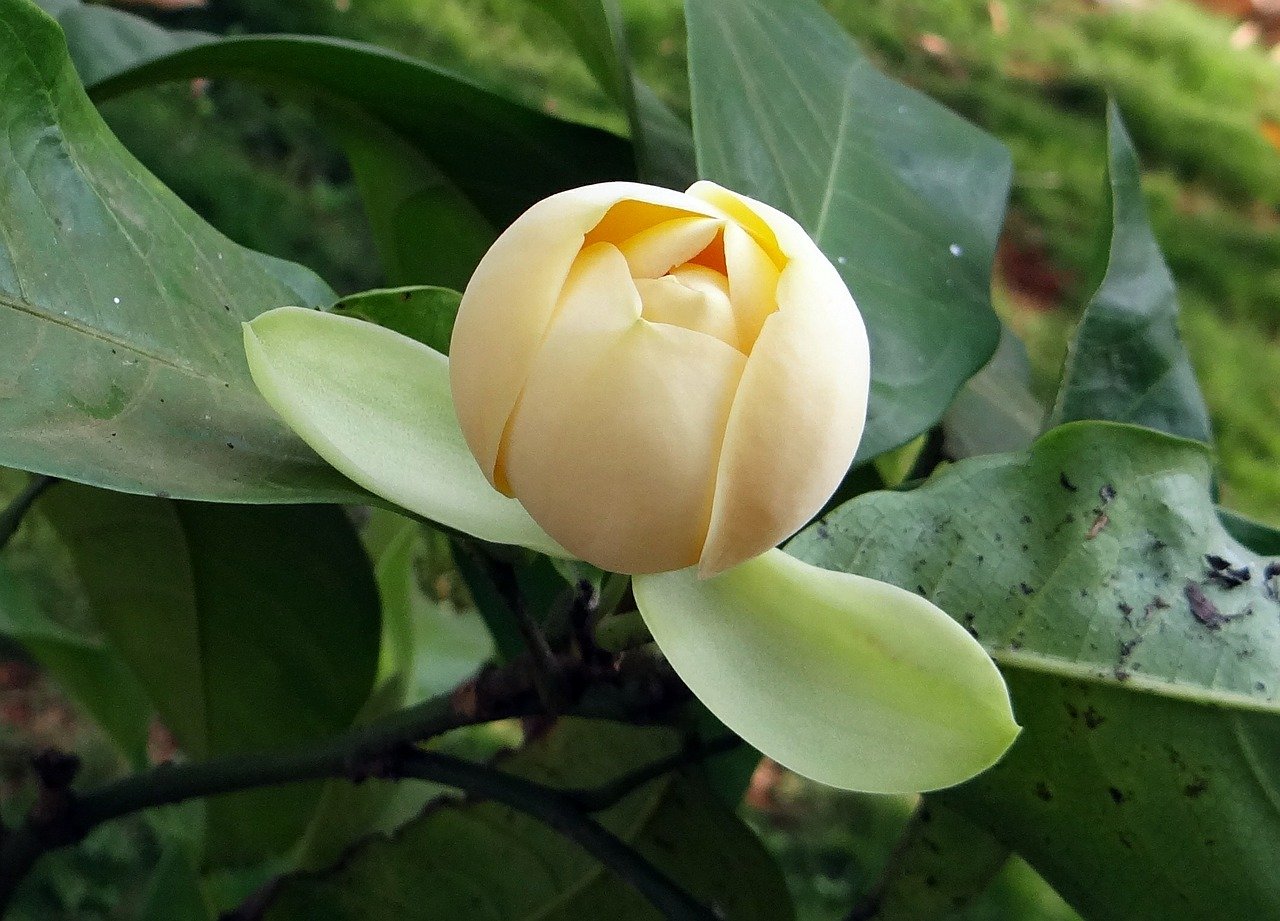Most plants and flowers are pleasant to look at, which is one of the reasons we keep them around. If they also have an enticing scent, that’s even better. We’re here to tell you everything you need to know about the most fragrant shrubs out there.
Good-Smelling Plants and Flowers
1. White Champaca
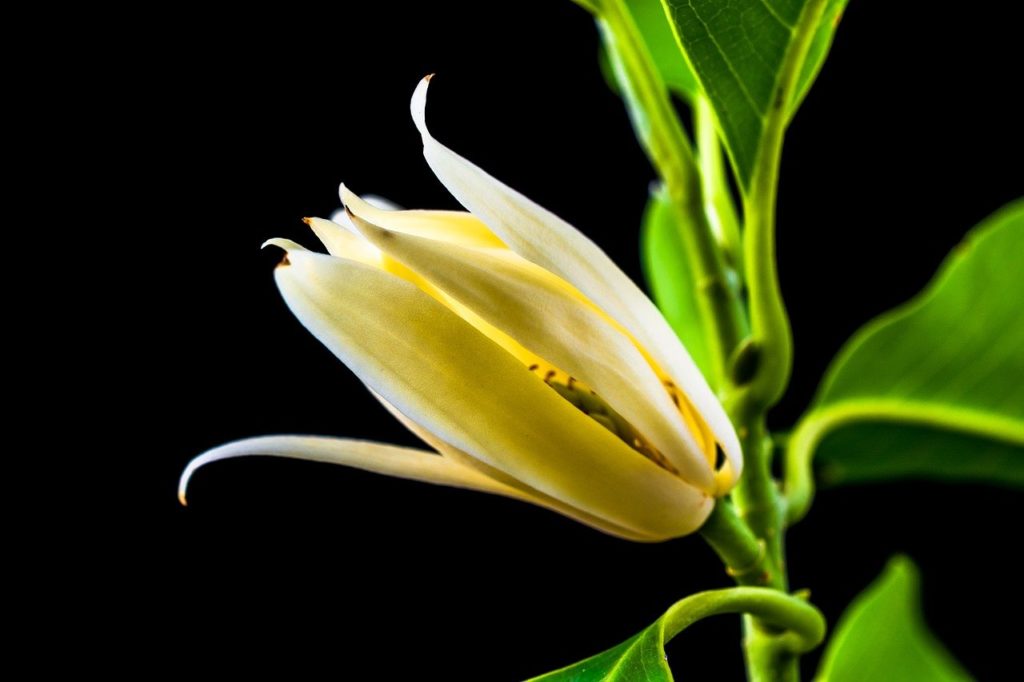
The white champaca, a cross between the magnolia and alba specimens, blooms continuously under the proper conditions. While the delicate, spider-like blossoms only last for a day or so, they give off a lovely sweet fragrance while they’re around.
Formerly known as Michelia alba, this plant is native to China and the Himalayas. As such, it thrives at temperatures above 40 degrees, but can handle cooler temps in the winter months. For best results, the plant should be exposed to full or partial sunlight and humidity levels above 50 percent. Under the proper conditions, the white champaca can grow 4 to 8 feet in size.
Members of the magnolia family aren’t known to be poisonous to dogs or cats, so this is a pet-friendly option. Wait until the soil is visibly dry, then water the plant until soil trickles from the bottom of the pot. A moderate fertilization schedule is also recommended.
2. Jasmine
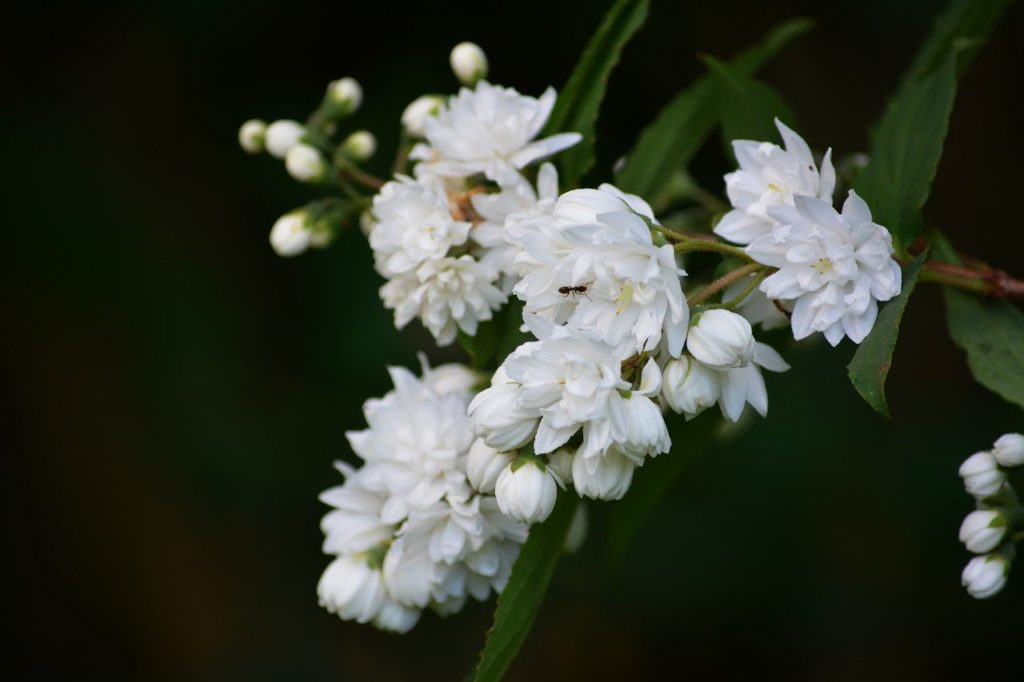
Experts believe that the jasmine flower originated in the Middle East, around the country now known as Iran. Jasminum blossoms are small, delicate, and typically white in color, though some species may come in shades of cream or yellow. This is a popular fragrance plant because it can bloom both indoors and out, and the blossoms can appear year-round.
Fragrant summer-blooming jasmine will do better in full sun, but if you have winter jasmine (which has no discernible odor), it will thrive in partial sunlight. The soil should be well-drained yet moist, with modest fertilization. Watering should occur about once a week.
For optimum results, try to prune the jasmine plant shortly after it blooms. With the proper care, the vines can grow up to 15 feet long. You can keep jasmine plants indoors, but make sure they get as much sun as possible.
3. Ylang-Ylang
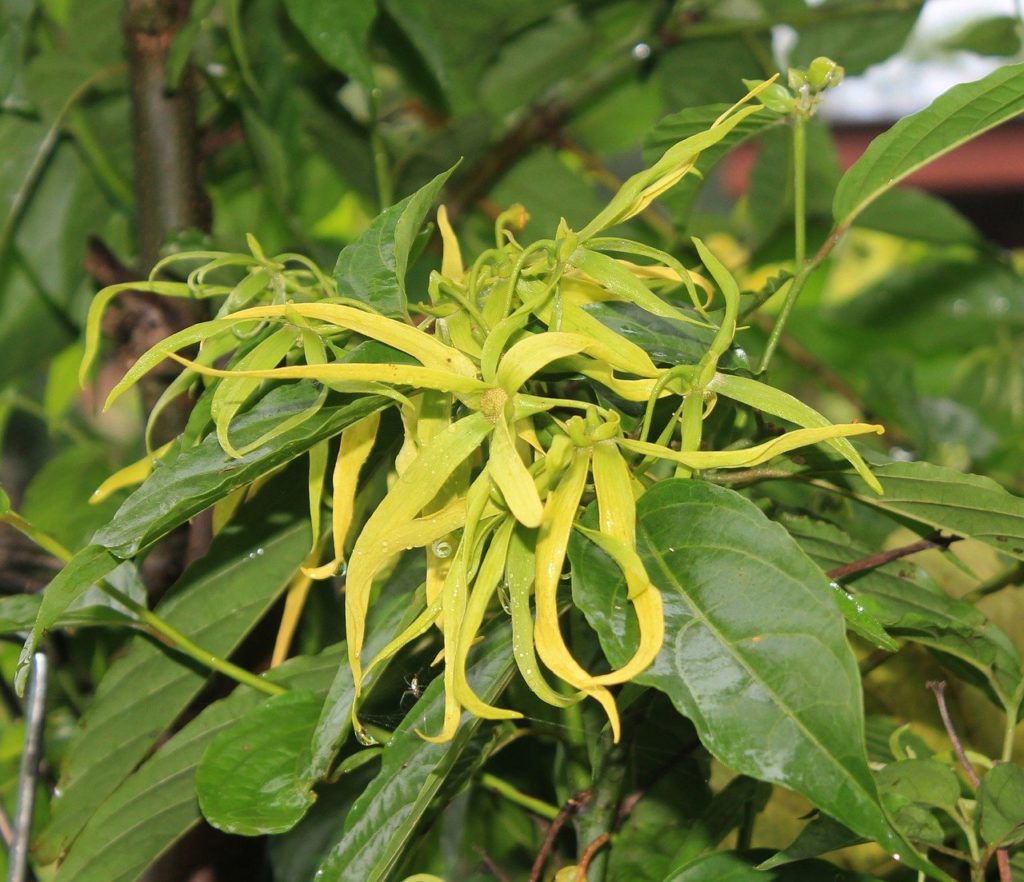
This flower is technically called the cananga odorata, but ylang-ylang is the term used for the popular essential oil that’s extracted from its roots. Native to India, the plant frequently erupts in fruit-scented blooms with long yellow petals.
The cananga odorata does best in warm temperatures, and it should receive full or partial sun. The trees can grow up to 40 feet tall, with a growth rate of about 16 feet per year. For obvious reasons, you should grow this tree outdoors, where it will serve as a useful food source for several bird species.
4. Indian Cork Tree
The Millingtonia hortensis is an evergreen tree native to Southeast Asia. In the autumn, the plant gives birth to night-blooming trumpet-shaped flowers, which are white in color and give off a vanilla-like scent. Its green leaves may cause skin irritation (and allergic reactions in some individuals), so take care when choosing this specimen for your garden.
These perfumed trees can grow up to 80 feet, with a spread of nearly 50 feet. In order for the trees to grow, the surrounding soil should be well-fertilized and drained, in full or partial sunlight. The tree should be watered regularly and fed on a monthly basis.
5. Gardenia
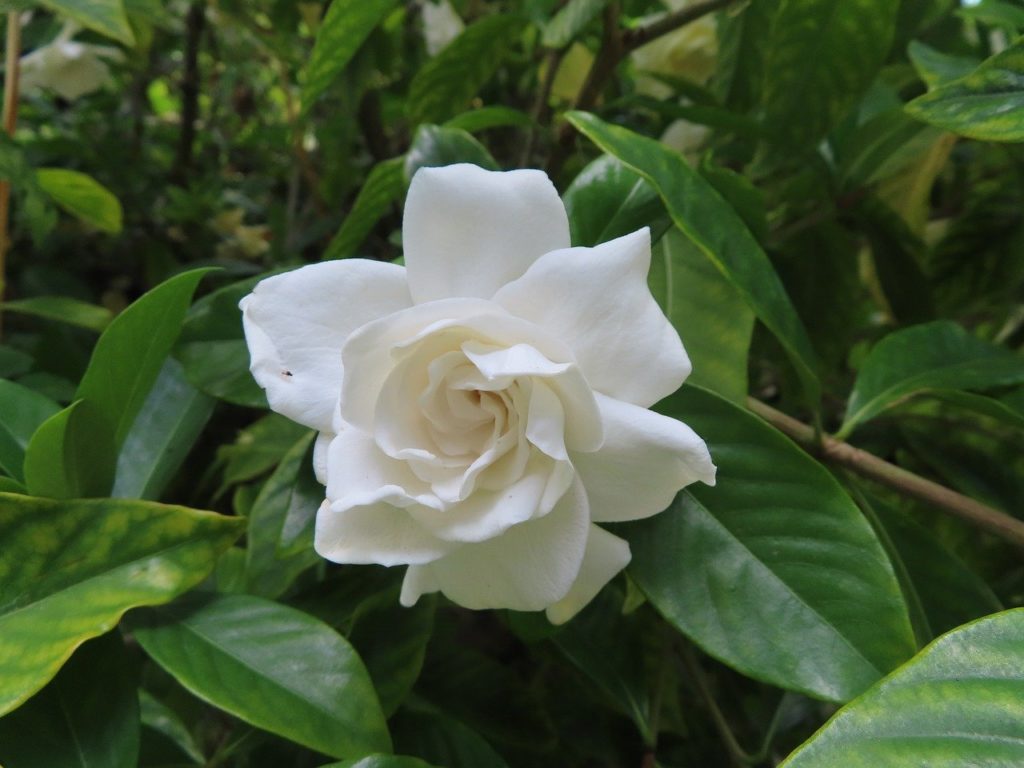
The Gardenia jasminoides gives off an exquisitely sweet perfume that makes up for the extra care the plant requires. The blooms are creamy white, with concentric petals similar to the ones on a rose. Against the contrast of the dagger-shaped hunter green leaves, these flowers have a pleasingly dramatic appearance.
This shrub hails from southern China and Japan, and does best in full sunlight, although it may scorch if the temperature climbs too high. It typically measures 3 to 6 feet in height when fully grown. To ensure frequent blossoming, cut the blooms off at the leaf node when they begin to fade.
6. Freesia
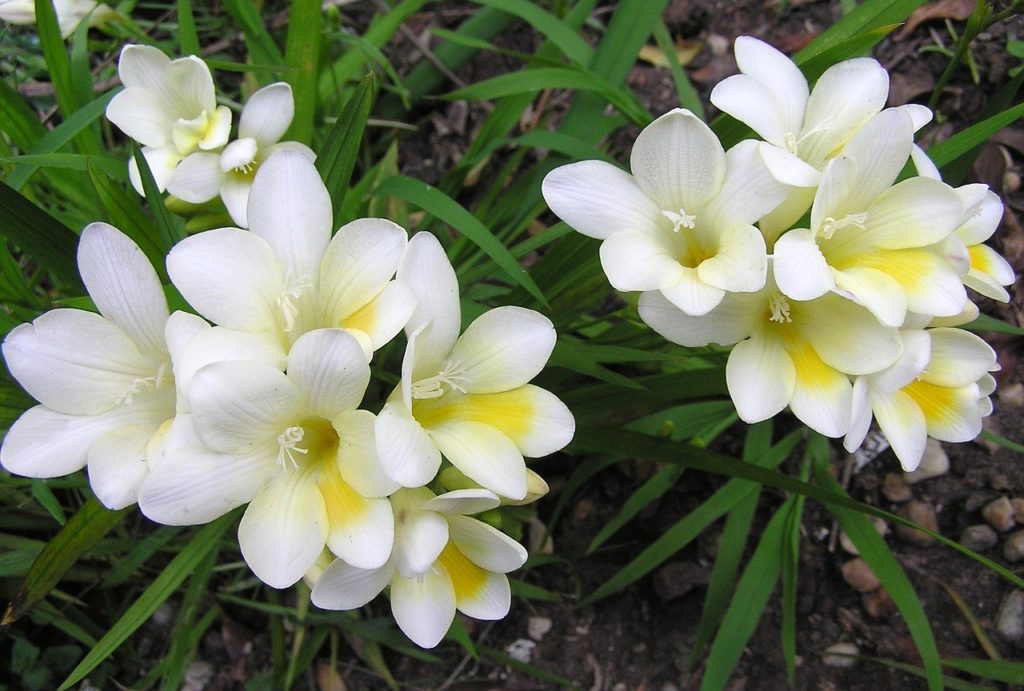
If you’re looking for a low-maintenance yet sweet-smelling flower, look no further than the elegant freesia. These blossoms come in a range of vibrant colors, smell of honey and strawberries, and are resistant to all sorts of pests. They’ll usually keep in a vase for up to three weeks, during which time they’ll pose no threat to your animal companions.
Freesias are native to South Africa and thrive when the temperature is cool (60 to 70 degrees Fahrenheit) during the day. If it gets much hotter than that, the trumpet-shaped blossoms might not appear as frequently. Remember to water the soil about once a week.
7. Japanese Honeysuckle
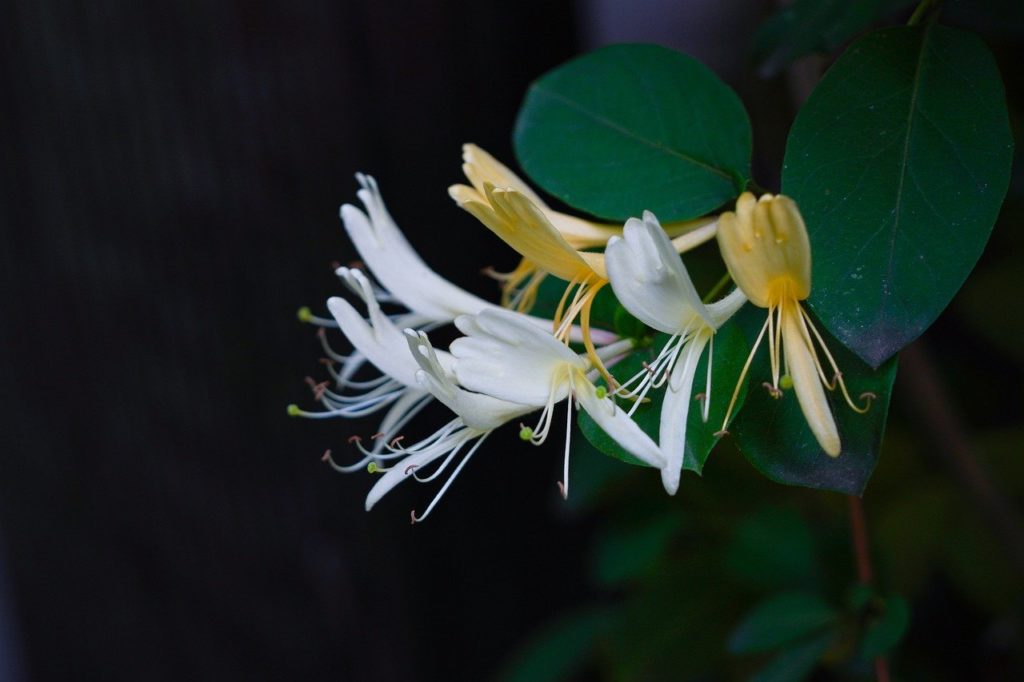
Japanese honeysuckle, or Lonicera japonica, is a species native to eastern Asia. While it carries intoxicating scents of jasmine and vanilla, it’s considered an invasive species in the US. The vines may displace native plants by co-opting all the light, heat, and nutrients for themselves, so it should be kept well away from other specimens.
The Japanese honeysuckle begins flowering in late spring and continues to do so into the fall. Unlike some fragrant plants, this one is highly tolerant of wet weather. While the flowers are edible, ingesting too many of the berries can cause serious illness. Further, all parts of the honeysuckle plant are toxic to dogs, so be sure to keep Fido away from this specimen.
8. Water Jasmine
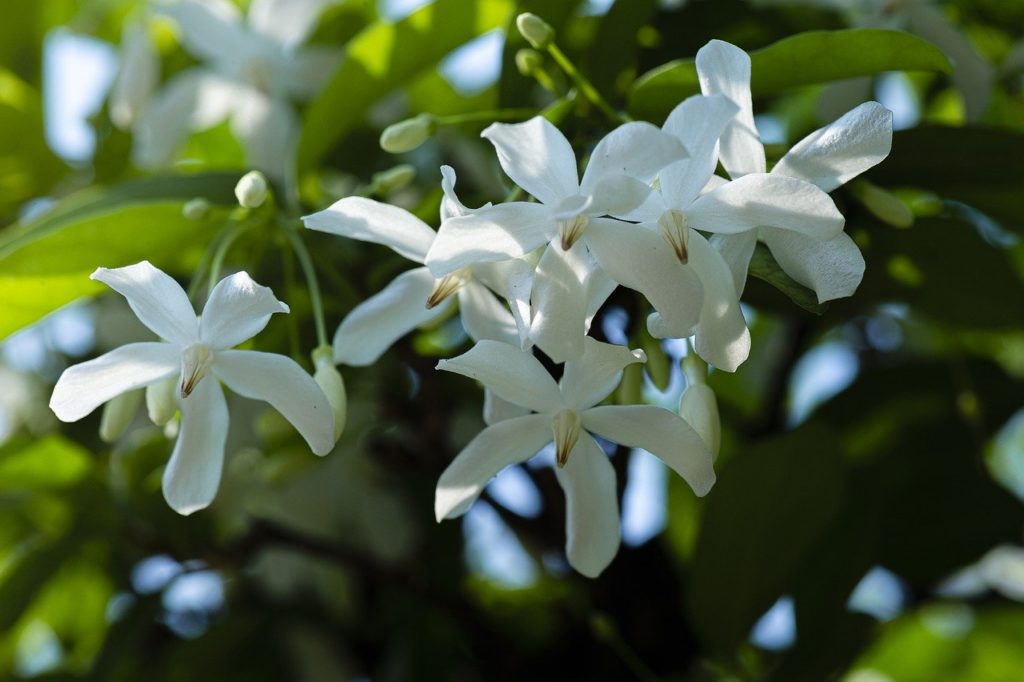
The white blossoms of this lovely shrub have a rounded star-like shape and a sweet fragrance. The trees themselves can grow up to 20 feet tall and were first spotted in China, Indochine, and Malaysia. Today, this specimen is often used for the Southeast Asian bonsai tradition.
The scientific name for the water jasmine is Wrightia religiosa, and indeed, Buddhists consider this to be a holy plant. It does better in temperatures over 70 degrees Fahrenheit, and should be fertilized once a month. Make sure to water the shrub every time the surrounding soil seems to be drying out.
9. Egg Magnolia
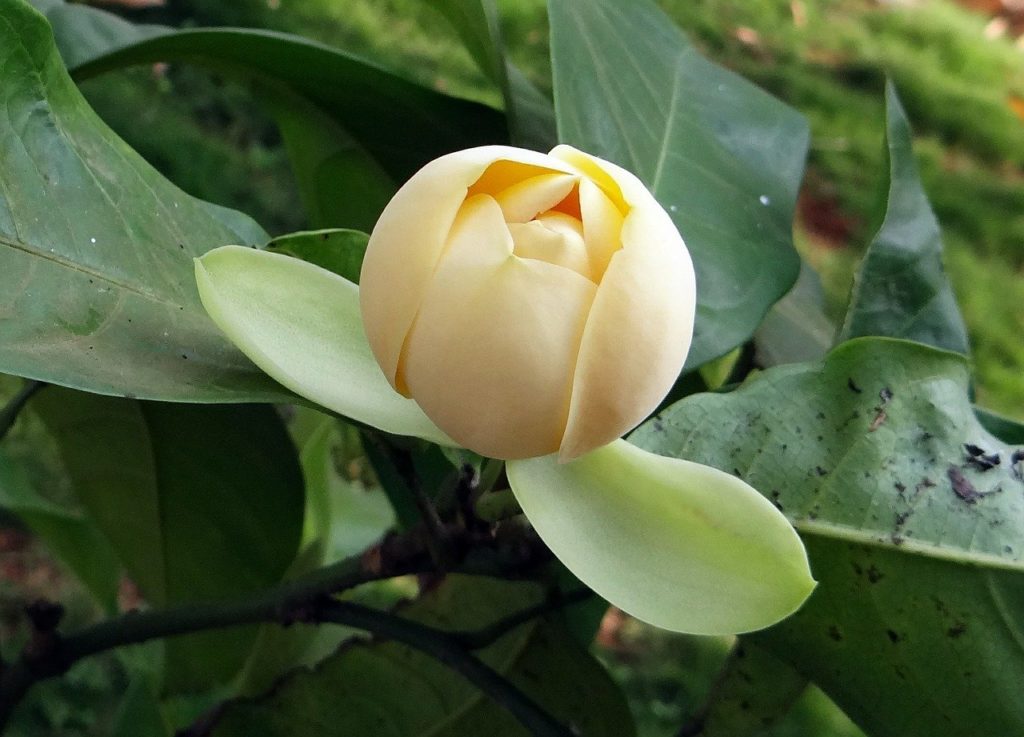
As the name suggests, these egg-shaped blossoms come in shades of creamy white to rich yellow. The scent is fruity and rich—some have even compared it to chewing gum, while others claim that the aroma is reminiscent of fine Champagne. Since the plant comes from the Indomalayan region, it cannot tolerate even the slightest hint of frost.
A Magnolia liliifera tree can grow over 50 feet tall, and poses no threat to dogs or cats. For best results, water the soil whenever it seems dry, and prune the tree soon after it flowers so that new blooms can replace the ones that have passed.
10. Rose
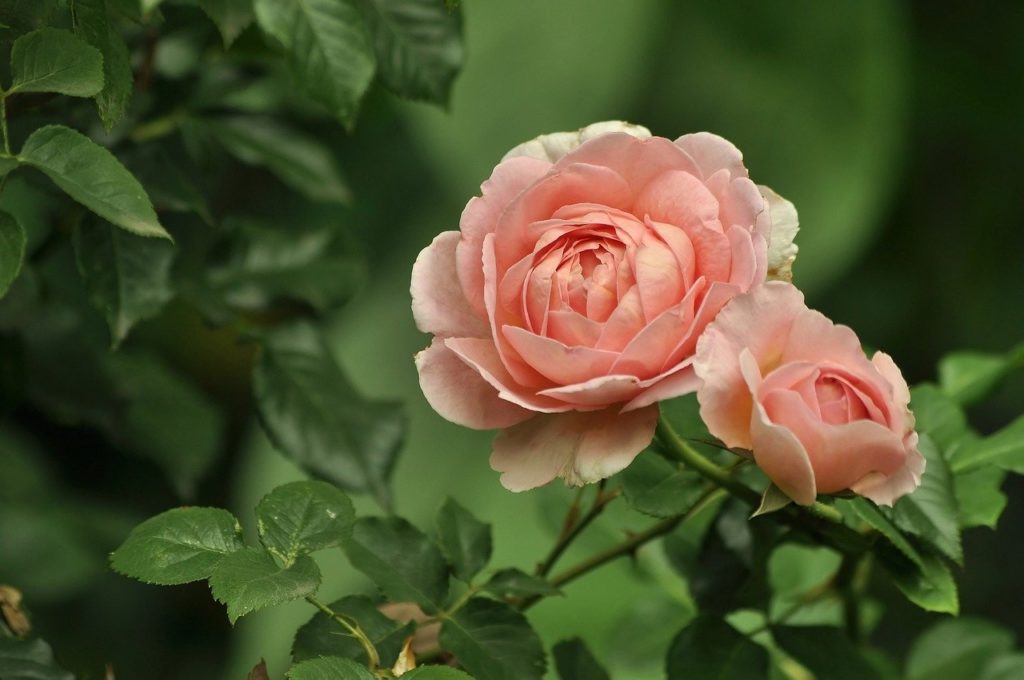
Roses are some of the most versatile fragrant flowers in the world, with a broad range of breeds available.
Popular colors include red, white, yellow, and pink, but you can find roses in just about any color you can think of. A rose’s scent may vary depending on what color you choose. The best-scented roses are typically the red and pink ones, while yellow and white ones might have a lighter, almost lemony fragrance.
A rose bush should be placed where it will receive at least six hours of sunlight each day. The soil should be well-drained and fertile. Try to plant dormant rose bushes in early spring or fall.
11. Lily of the Valley
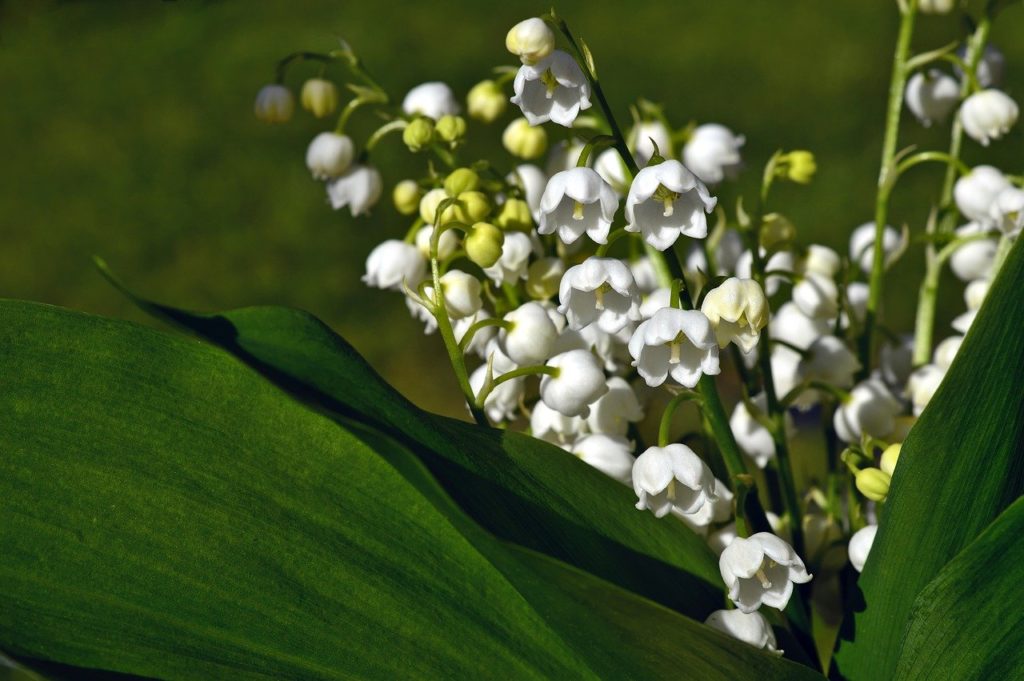
The scientific term for lily of the valley is Convallaria majalis. Its common name is easier to recall, but it’s likely that this woodland plant would be popular no matter what it was called.
Lily of the valley can be recognized by its tiny bell-shaped flowers, which give off a light, crisp scent. The blossoms are usually white or cream, but pink and yellow versions are also available. The plant prefers partial shade and moist soil, although it’s a hardy specimen that can adapt to full sun if need be.
Be aware that this plant is toxic to both humans and animals. Make sure to plant it away from areas where small children or pets could get into it, and don’t be tempted to keep the blossoms in the house.
12. Sweet Olive
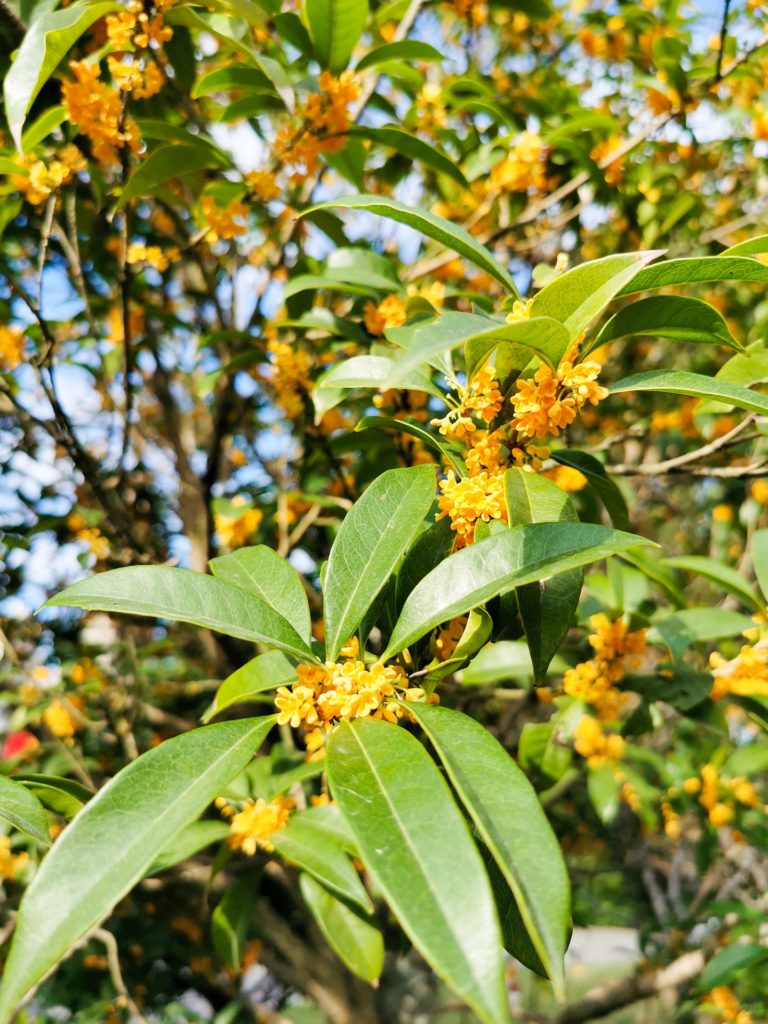
Also known as fragrant olive or Osmanthus fragrans, sweet olive is a broadleaf evergreen from the family oleaceae. In both height and spread, it typically reaches 10 to 15 feet. It’s native to the Himalayas, China, and Japan, and does best in full sun to partial shade.
The blossoms are small, white, and starfish-shaped, with an aroma reminiscent of ripe apricots. Its soil should be consistently moist yet well-drained, although this specimen is also drought-tolerant. It can even be planted in clay soil.
13. Peony
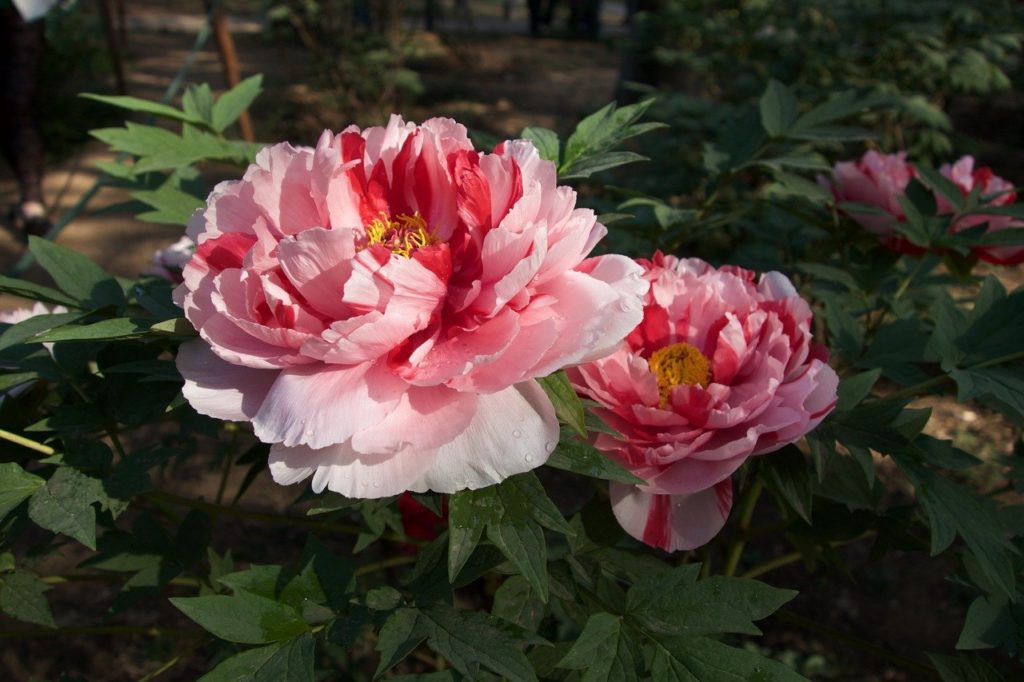
As the genus Paeoniais the sole genus in the family Paeoniaceae, it has quite a distinctive appearance. The blooms are large and round, with fluffy petals and a spicy fragrance. Since they come in shades of pink, purple, red, white, and yellow, they make a vibrant addition to any flower garden.
Peonies prefer full sun, but they should be planted in the fall so that they’ll blossom on schedule the following spring. Try to plant them in a sheltered spot, as the top-heavy blooms can fall victim to harsh winds. They should also be kept away from other plants because the roots don’t like to compete for light and moisture. Finally, avoid planting the shrubs too deep, or they’ll be slow to bloom.
14. Bower of Beauty
The Pandorea jasminoides is better known by its common name, Bower of Beauty. This is an evergreen climber native to eastern Australia, with paper-thin flowers that bloom in shades of white and pale pink. The blooms are bell-shaped and appear in clusters, giving off a mildly sweet fragrance.
Bower vines are easy to care for, requiring no fertilizer and minimal watering. If you live in an arid climate, they may need more attention, but for the most part, they’ll survive on whatever rainfall they receive. Note that the roots may cause damage to underground pipes, so they should be planted well away from any sewer systems.
15. Ceylon Ironwood
Also known as the Indian rose chestnut tree, the Ceylon ironwood (Mesua ferrea comes from the humid evergreen forests of India and Myanmar, among others. In fact, it’s the national tree of Sri Lanka. As you can imagine, this specimen is best reserved for growth in tropical regions.
While the Ceylon ironwood is a slow-growing specimen, it can reach heights of up to 60 feet. Its blossoms are white and fragrant, with yellow centers. Interestingly, its oily seeds are edible and used to treat a variety of stomach ailments, including gastritis and peptic ulcers.
16. Geranium
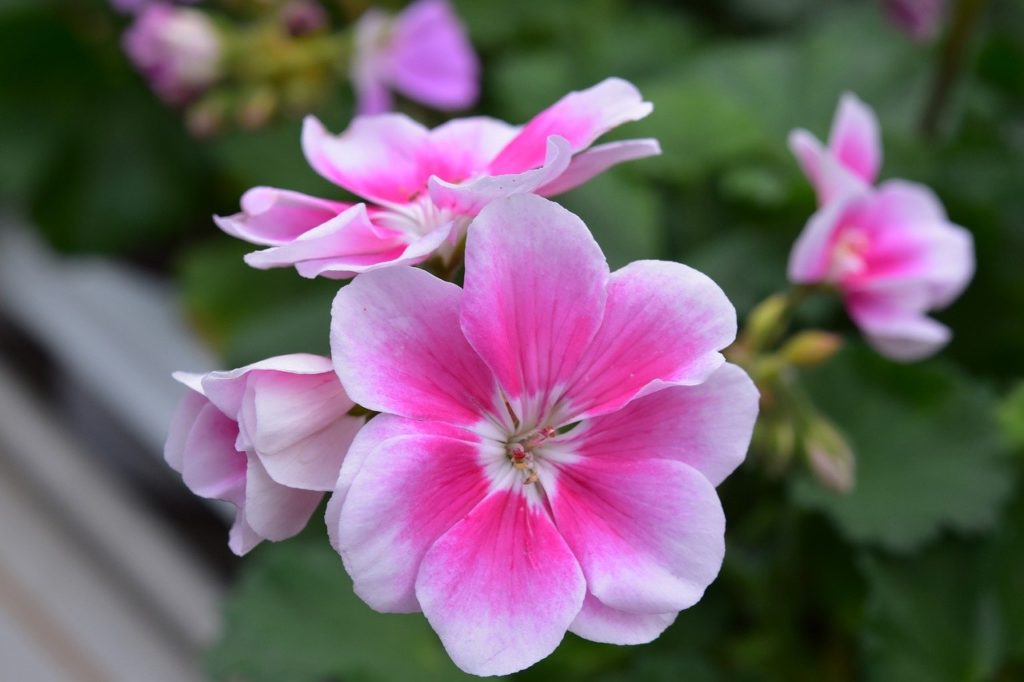
The Pelargonium graveolens had a long journey before it became the iconic garden staple that it is today. The plant originated in South Africa and made its way to the US via France in the late 18th century. Because it’s versatile enough to be grown both indoors and out, the geranium is a popular specimen.
Geraniums can be planted in most gardening zones, but they do best in full sunlight. If you reside in a hot climate, a bit of shade is recommended. Be forewarned that the plants aren’t particularly cold hardy, so it’s best to wait until any frost danger has passed before planting.
These plants require light fertilization every 3 weeks or so, along with plenty of water. Keep an eye on the blossoms, and water them if they start to look droopy. When they’re healthy, the blooms should grow in tight, rounded clusters and give off a green, almost peppery fragrance.
17. Lilac
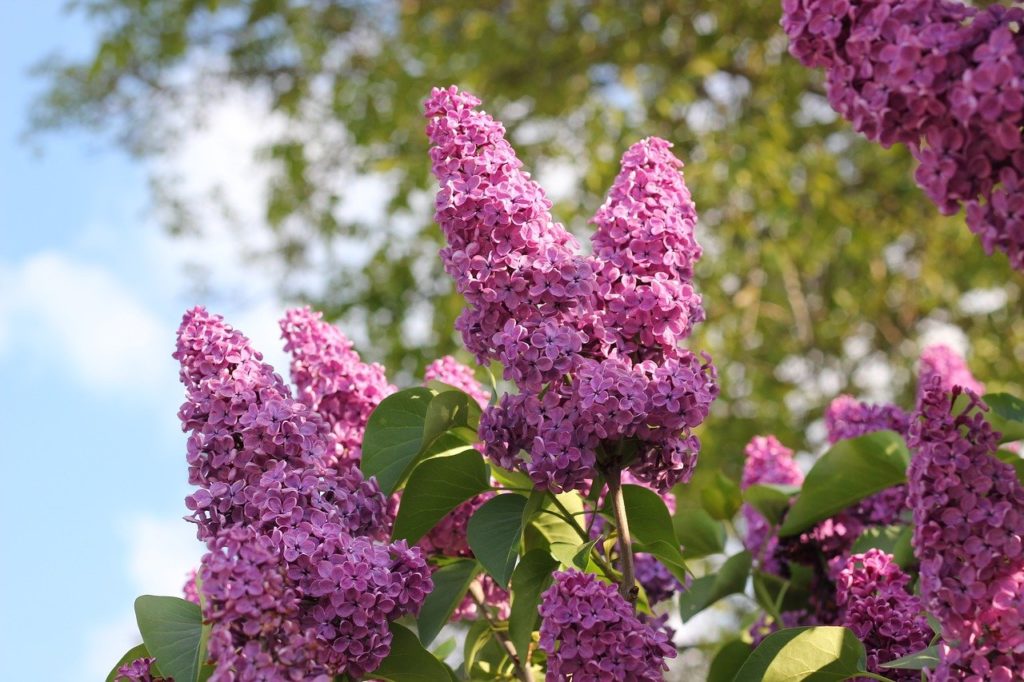
Lilac bushes only blossom for a brief period in the spring, which can be a source of frustration for some gardeners. However, for those of us who can’t get enough of that sweet, vanilla-like aroma, the fragrant flowers of the Syringa vulgaris specimen are among the loveliest to be found.
Lilac blossoms grow in cone-shaped clusters and are typically pale purple in color, but specimens are also available in dark purple and white shades. The shrubs require at least 6 hours of full sun per day and rich, well-drained soil in order to thrive.
A lilac bush typically measures between 5 to 15 feet and requires very little care as long as the conditions are good. Fertilization isn’t necessary, and you’ll only need to water the shrub if rainfall is less than 1 inch per week.
18. Angel’s Trumpet
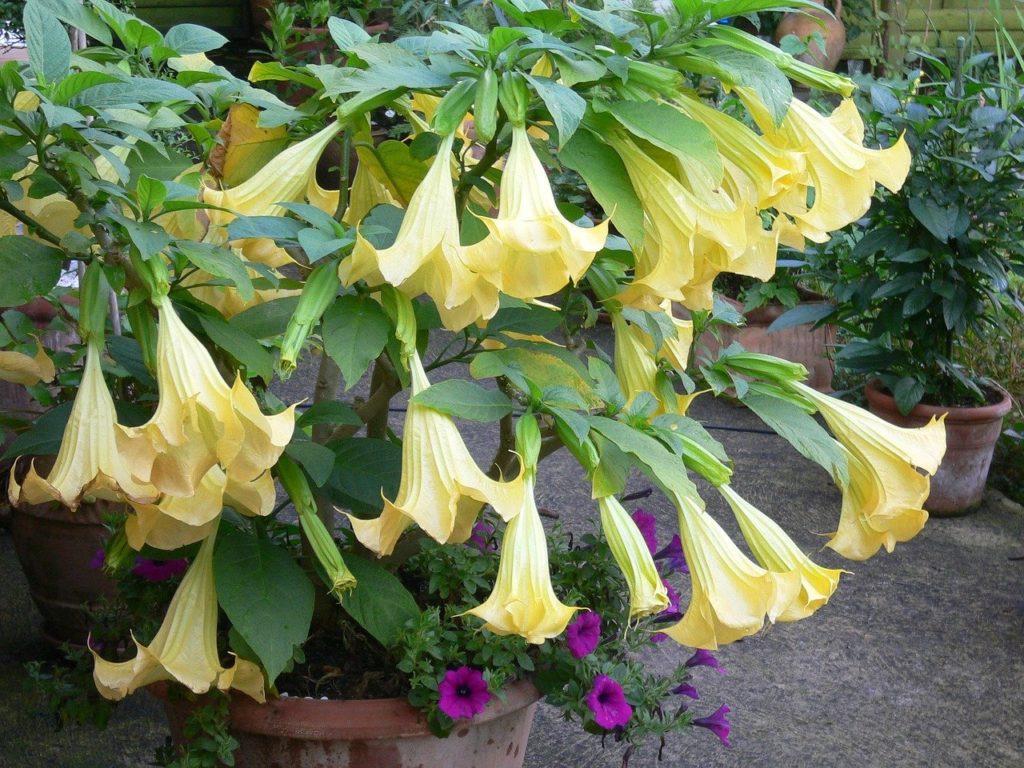
The first thing you need to know about the angel’s trumpet (Brugmansia) specimen is that it’s toxic to humans, dogs, and cats. For this reason, it’s often referred to as the “trumpet of death.” While its long trumpet-shaped blooms are beautiful and give off a pleasing scent, it’s important to keep the plants away from pets and small children.
Angel’s trumpet hails from South America and thrives in full sunlight, but it can survive a bit of shade as well. As far as soil is concerned, it’s not choosy—any soil blend should work, as long as it’s watered frequently. Because it prefers warm temperatures, it’s permissible to keep the plant inside—but again, be sure it’s kept somewhere that youngsters and pets won’t be able to reach it.
19. Mock Orange
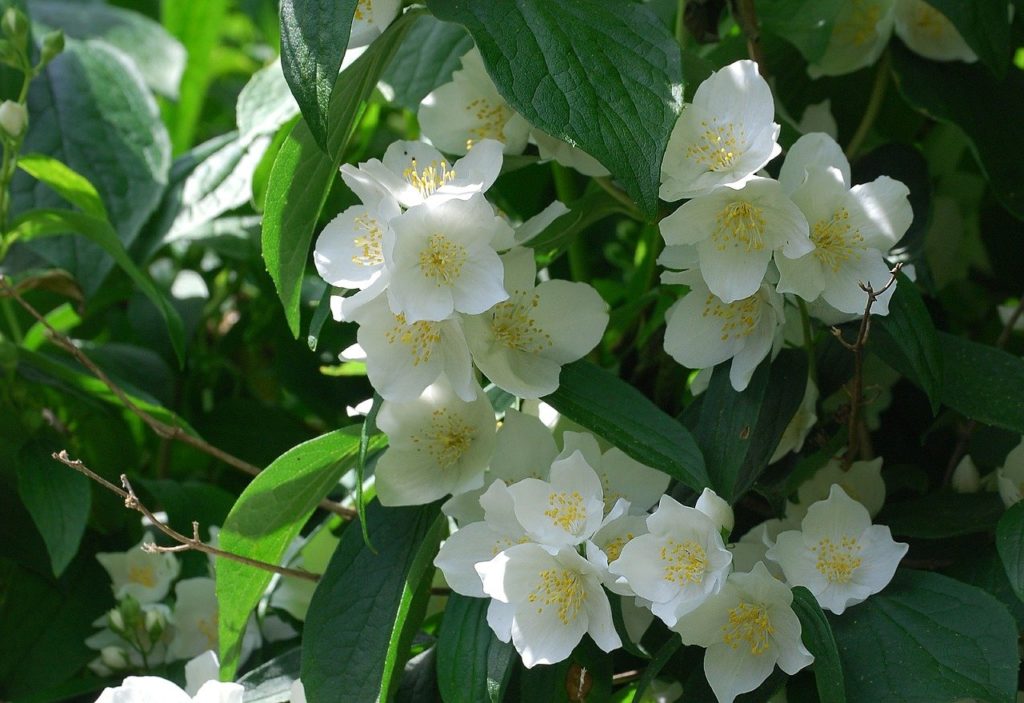
Small and white, with a citrus smell, the flowers of the Philadelphus virginalis resemble orange blossoms in scent and appearance—hence its common name. Like the lilac bush, it blooms for just a week or so, but the dark green foliage is aesthetically pleasing year-round.
There are many varieties of mock orange bush, with most growing from 4 to 8 feet. Full sun to partial shade is the preferred growing condition. When planting, dig the holes deep and spread out the roots before watering the shrub in.
20. Sweet Pea
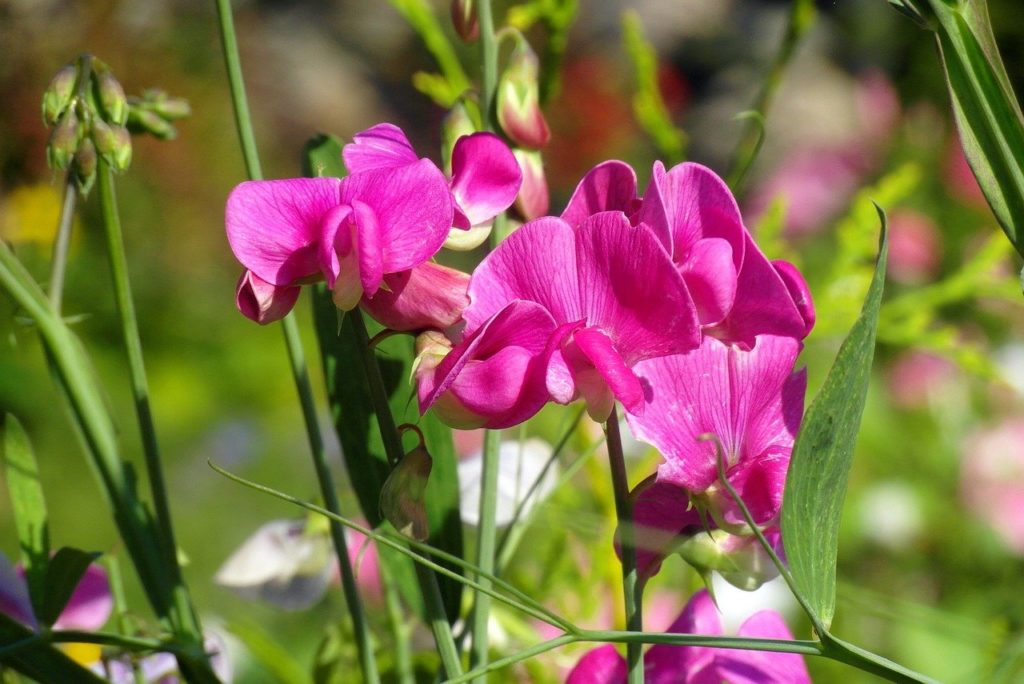
Lathyrus odoratus, commonly known as the sweet pea, can be grown indoors and out, and require little maintenance in order to thrive. While the sweet-smelling flowers have a delicate butterfly-like appearance, the plant is actually one of the hardiest listed here. When you consider the fact that the plant is native to England, this shouldn’t be surprising.
The blossoms can range in color from creamy white to indigo, giving them added versatility in terms of aesthetics. The scent is reminiscent of orange blossom and honey. When you grow sweet pea flowers indoors, the marvelous aroma fills the room.
When planting outdoors, it’s permissible to begin in late winter, as long as the soil is dry enough. Keep them in full sun if you live in the northeastern US, but try to find a bit of shade when planting in southern climates.
Frequently Asked Questions
Although we humans might enjoy the invigorating aroma of fragrant flowers, the scent isn’t meant for us. In fact, smell is an important part of the plant’s biology.
Flowers smell good because the plants need to attract insects and birds to help fertilize them. When bees or other insects visit the blossoms, they gather pollen, which is then deposited on the other blooms they land on. This distribution of pollen is what fertilizes the plants.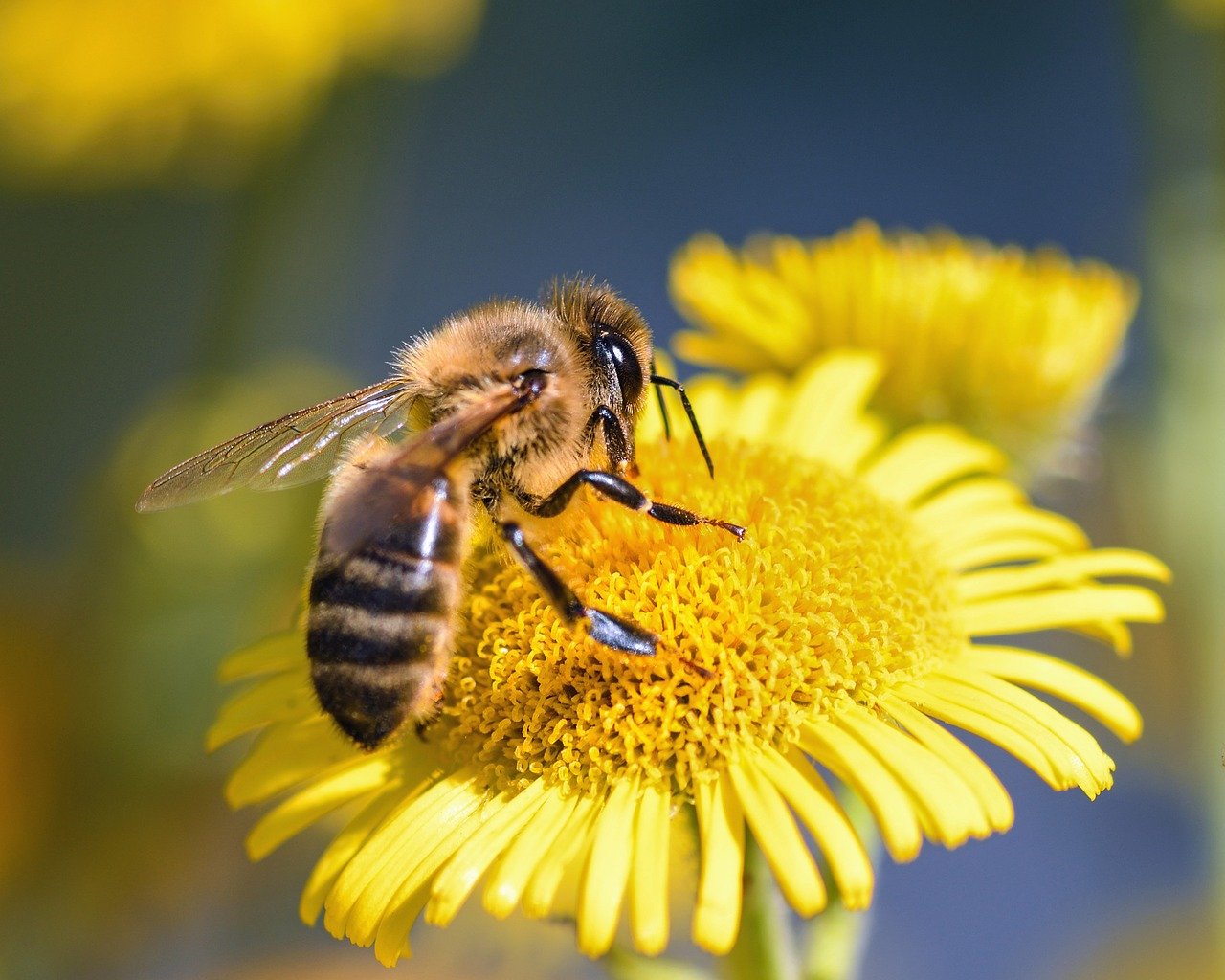
If you pay careful attention, you’ll notice that no two flowers smell exactly alike. Each singular fragrance is the result of a chemical reaction between organic compounds. Because the intricacies of these reactions could never be duplicated, every flower will smell slightly different, even if they’re growing side by side.
As we’ve discussed, a flower’s fragrance is largely dependent on the type of pollinator it’s trying to attract. The fragrance compounds are created in the base of the male stamen, after which they’re released as a gas that attracts both pollinators and humans alike (assuming it’s a pleasant fragrance).
The color of a flower, meanwhile, is determined by its DNA. The hereditary genome sequencing is responsible for the subtle pigmentation in a flower’s blossoms. Flavonoids are the most prevalent plant pigment, as these are responsible for the compounds that create red, purple, and pink.
Some flowers give off a more evocative scent during the day than they do at night. For others, the reverse is true. Why is that?
The answer is simple: Flowers will emit a stronger fragrance when the insects that they’re trying to attract are at their most active. Since bees and butterflies come out during the day, plants that use these insects for pollination will smell sweeter in the daylight hours. Conversely, if the plant is trying to attract moths, it will give off a stronger fragrance at night.
Not all flowers smell sweet. In fact, some have such a terrible odor that the plant itself is named after the stench. The corpse lily, for example, gives off the scent of rotten meat, which is hardly appealing to the human nose.
In truth, that’s the entire point. The corpse lily gives off this foul odor because it’s trying to attract flesh flies and carrion beetles. Since these insects lay their eggs in rotting flesh, they’re attracted to the scent. When they come to visit, they fertilize the corpse lily the same way that bees pollinate roses.

